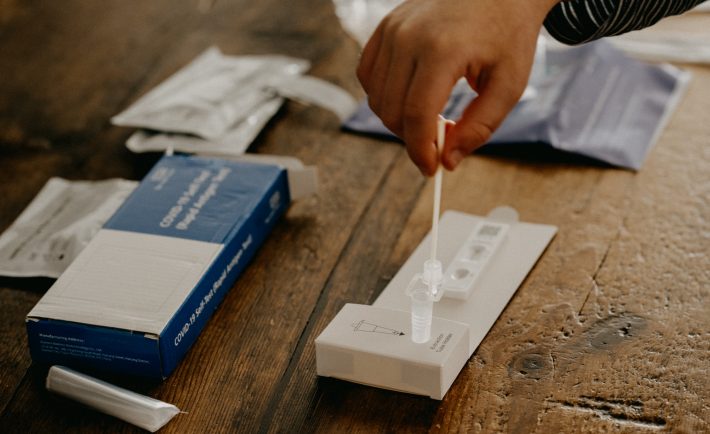Way before the pandemic started, people have been trying to overcome insomnia. But coupled with the stress, changes, and uncertainty of COVID-19, more people are facing sleep deprivation. Simply put, the world has termed it as “coronasomnia”.
Chronically bad sleep is not just a condition that disrupts your rest pattern. It’s capable of attacking the immune system and affect memory and attention span. Furthermore, it could increase your chances of getting depression, type 2 diabetes, and heart disease.
Studies have even shown that your sleep corresponds with your life span. This means that the shorter your rest is, the shorter your time in life would be. In fact, folks over 50 years of age have a higher risk of getting dementia if they sleep less than 6 hours per night.
Considering these negative consequences, maybe it’s time that we do something about it. So here’s how to beat “coronasomnia” with cognitive behavioural therapy (CBT)-inspired ways.
#1: Chuck your worries into the bin
When we say to chuck your worries into the bin, you can take our word literally for it.
You can do so by sitting down an hour or two before bed with a blank piece of paper. Then, pen down all your worries or the tasks that are creeping into your mind. It could be the urgent emails you have to reply to in the morning or the presentation at noon.
“If most of what you’ve written down is stuff that you’re worried about, then crumple up the paper and throw it in the trash – that’s called discharging your thoughts,” said Dr Ilene M Rosen, a sleep medicine doctor and associate professor of medicine at the Perelman School of Medicine at the University of Pennsylvania.
#2: 25 minutes’ the limit
The above symbolic dumping act should help you clear your mind and prepare your body for rest. However, don’t stay in bed forever just to try to fall asleep if you can’t.
“If you stay in bed awake for long periods of time, your brain thinks, ‘Every time I get into bed, this is the place where I should be awake.’ And you need to break that association,” said Matthew Walker, a professor of neuroscience and psychology at the University of California, Berkeley.
Dr Walker is also the author of the best-selling book Why We Sleep. He advises us to get up if we can’t fall asleep within 25 minutes or get back into slumber after waking in the night.
Once you’re up, find a relaxing activity to do. It could be reading a book, engaging in a short meditation session, or simply listening to a calming podcast. Once you feel a little sleepy, slowly ease yourself back into bed and rest.
#3: Away with those screens
It has almost become a standardised habit for many to use their phones while lying in bed. But we all know it harms our bodies thanks to the blue light it emits. So instead of signalling your brain that it’s time to rest, your brain is mistaken that it should be awake.
Therefore, set rules to be away from those bright screens when you hit the sack. Or a good guideline could be to use it while standing up if you have to use your phone past bedtime.
“You’ll find after about 10 minutes of standing up at your normal bedtime that you’re going to say, ‘I need to lie down,’ – and that’s your body telling you that you need to put the phone away and get to sleep,” said Dr Walker.
Final thoughts

Image Credits: eossleep.com
Be mindful that the above CBT-inspired methods are just ways to cope with occasional bouts of insomnia. But for peeps suffering from long-term sleep issues and can’t function normally, do seek professional opinions.
“Don’t suffer in silence. Ask for help if you need it. There are sleep physicians everywhere, and that’s what we’re here for,” noted Dr Fariha Abbasi-Feinberg, a sleep medicine specialist and spokeswoman for the American Academy of Sleep Medicine.










